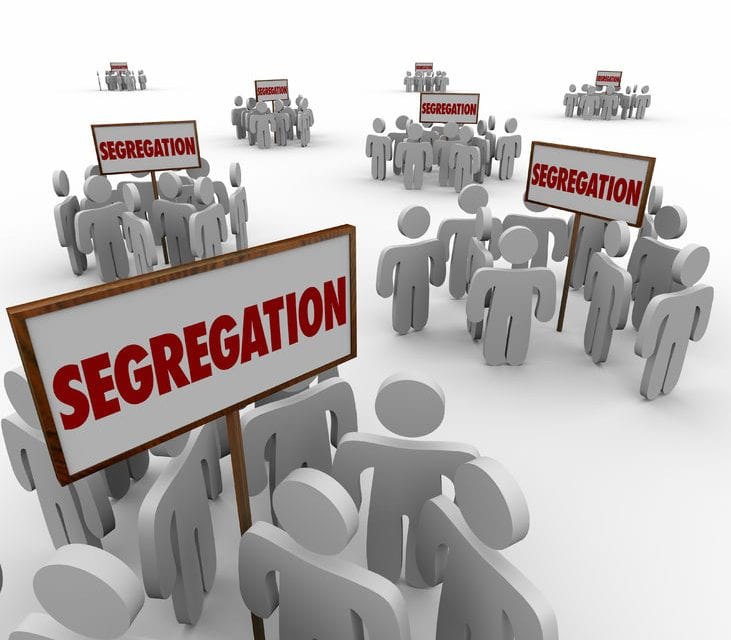There is no question that we are a pretty white group of people.
By Steve Moran
I don’t know if this ever happens to you, but sometimes completely unconnected random stuff happens where you go, “HUH”?
Randomness #1
A few weeks ago I moderated a panel at a senior living conference in Southern California where one of the panelists was Arun Paul, Founder and CEO of Priya Living, who operates two very successful ethnically-focused senior living communities in the San Francisco Bay Area. They are full, have a very low turnover rate, and wait lists long enough to refill them several times over.
You can read more about that panel and his community HERE.
Randomness #2
Three days after the conference I got a call from Katie Roper, the VP of Sales for Caring.com, a Senior Housing Forum partner, wanting to know if I was aware of any research that had been done on ethnicity and senior living. The reason for her call was a new survey they were getting ready to publish on how various ethnic groups view senior living.
You can read about the results HERE, but three data bits really hit me:
-
91% of residents living is assisted living are Caucasian (2010 data).
-
64% of Caucasians would consider placing a parent in a senior living community.
-
37% of African Americans and Hispanics would consider moving a parent into a senior living community.
Market Penetration
There is a general belief that the broad market penetration rate for age- and income-qualified seniors is around 10% and that this number has been consistent for many years. (I would note that while I have used this penetration rate without challenge in a number of articles, I am not quite sure how I know it to be true, and that makes me nervous.) But let’s assume for a moment it is reasonably right.
We do know that today 63% of the population is Caucasian and since it is mostly Caucasians that consume and are willing to consume senior living, it would seem that once you factor in ethnicity the real market penetration rate for what we are currently selling is something like 16-18%. Maybe someone will do some math and give us a more accurate number.
Problem?
I had all this data when I went to the NIC Spring Investment conference in Dallas and there is no question that we are a pretty white group of people. I don’t believe for a minute we, as an industry, have a racial problem, but rather our problem is function of senior living organizations chasing the most obvious opportunities. In reality, there are real gaps in both economic capacity and cultural propensity to consume senior living products from ethnicity to ethnicity.
Opportunity?
I do, though, believe we are missing a significant opportunity to create ethnically oriented communities. Maybe think of it this way. I am a white guy and, if I am honest, I would be unlikely to move into one of Arun’s communities, not because either they are or I am prejudice, but rather because our tastes and interests and cultural orientation are different. I can only believe this would be true if I were Latino or African American.
This would likely require significant partnering with organizations that are already deeply rooted in their respective ethnic communities. Speaking specifically to the African American and Hispanic communities, there is no doubt that economic capacity is an issue, but I am quite certain that to assume there is no economic capacity is just plain wrong . . . maybe even prejudice.
Love to hear your thoughts on this sensitive topic.








